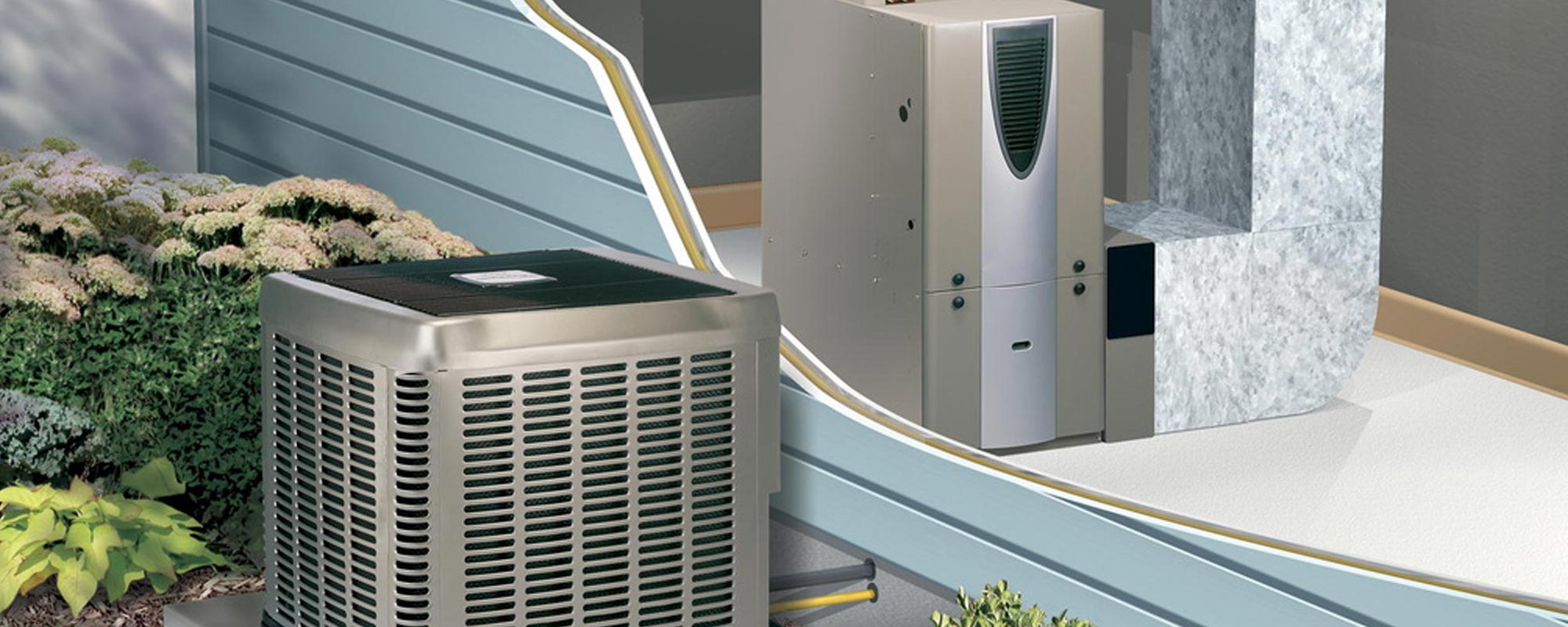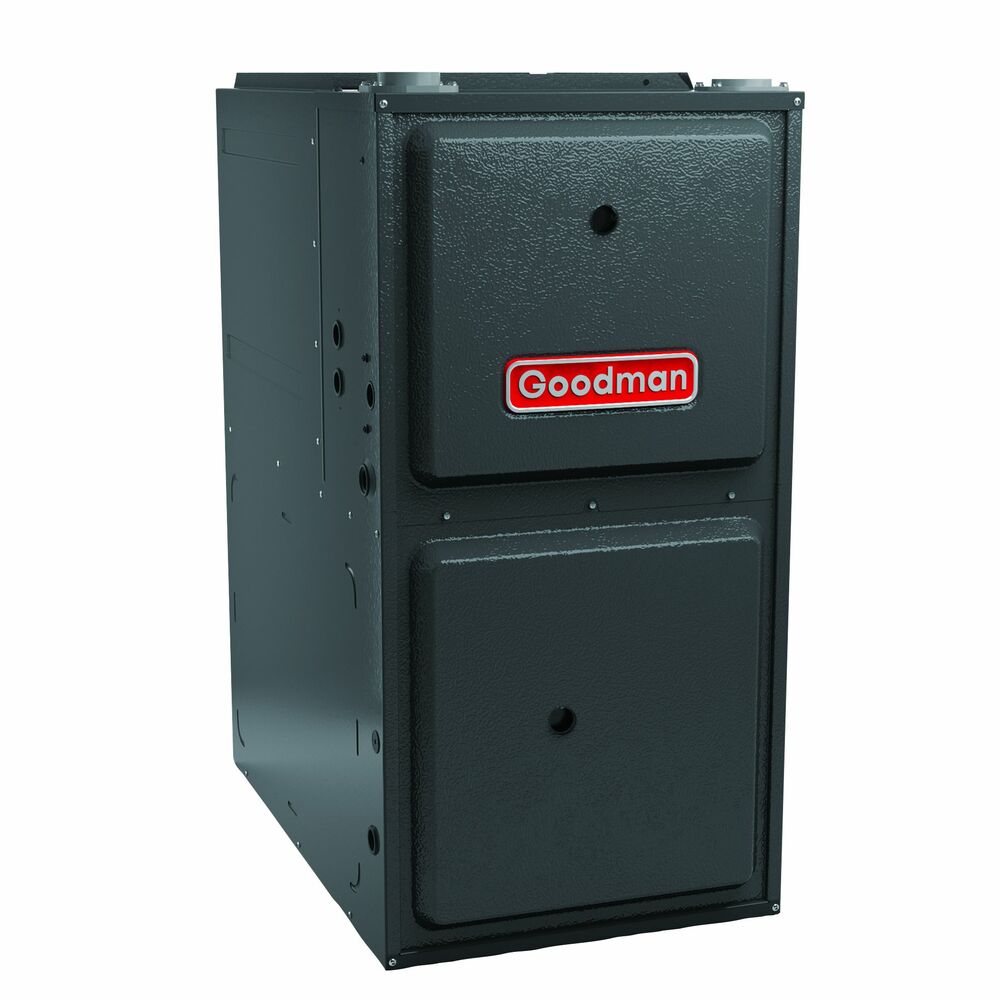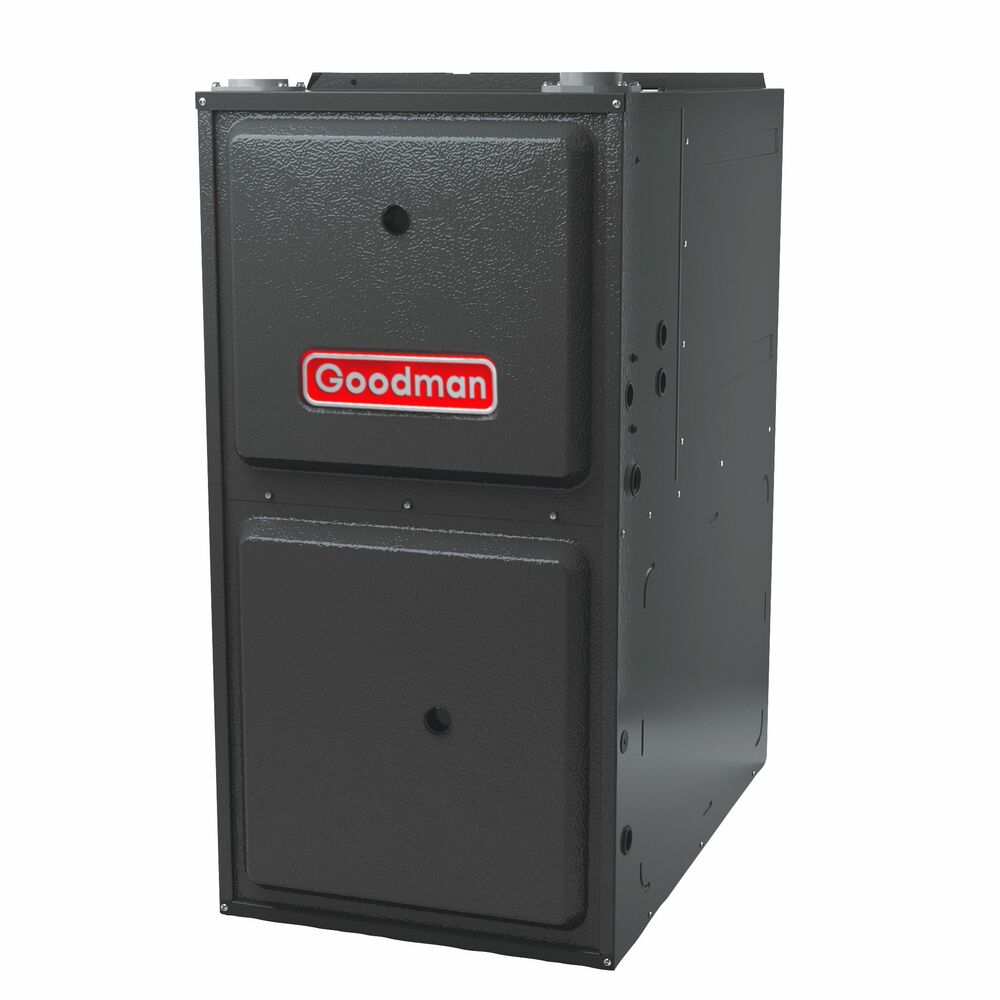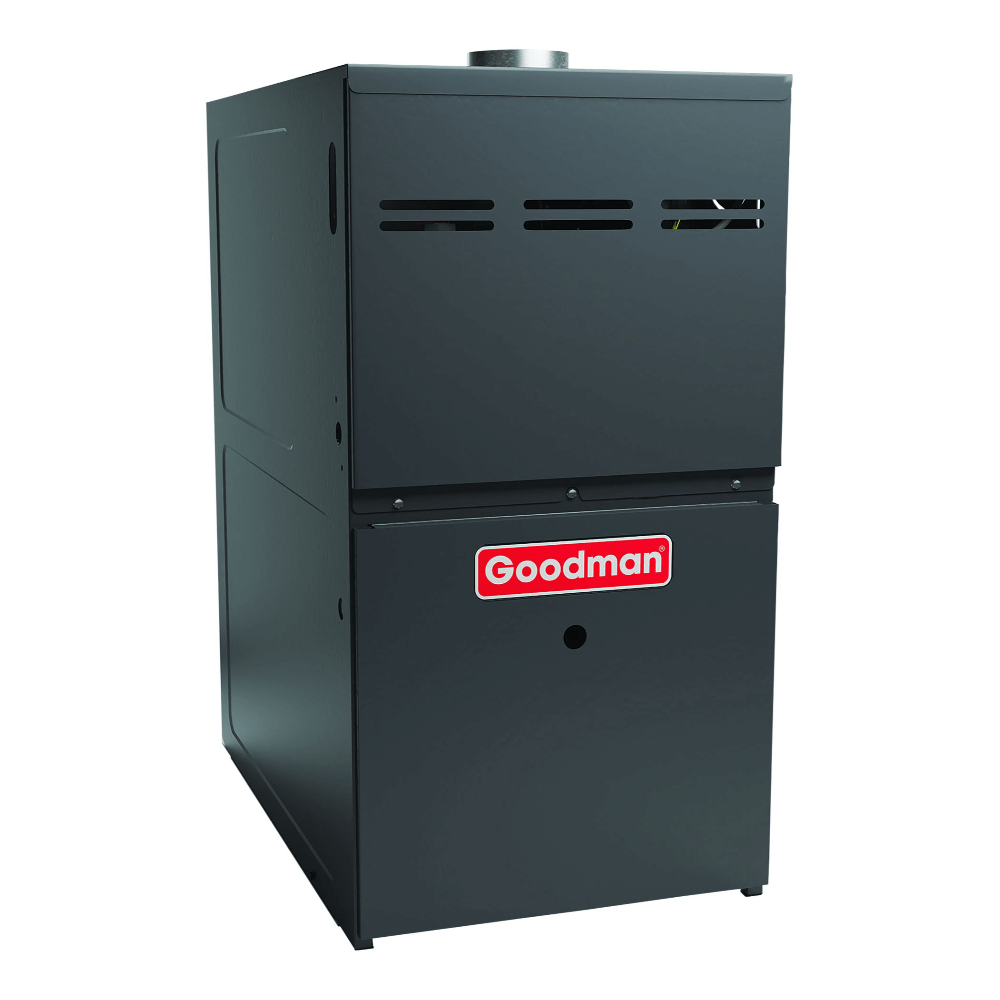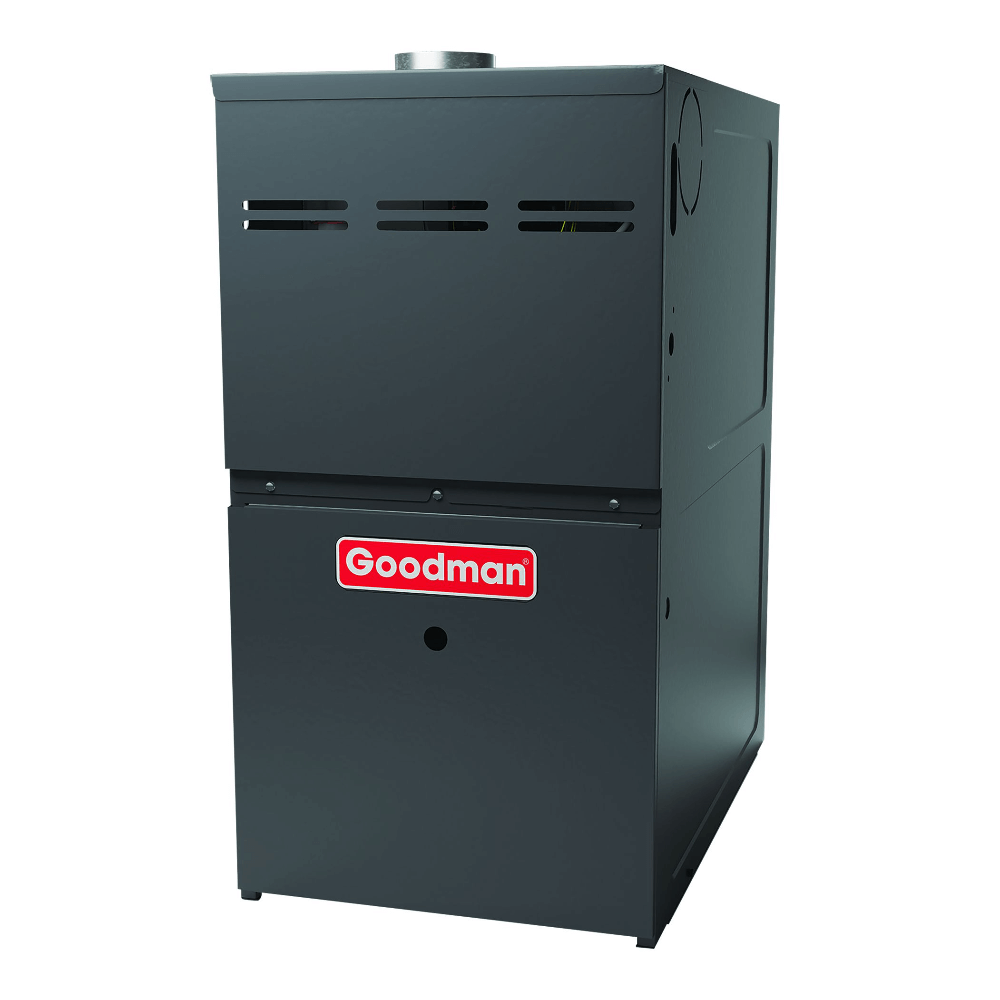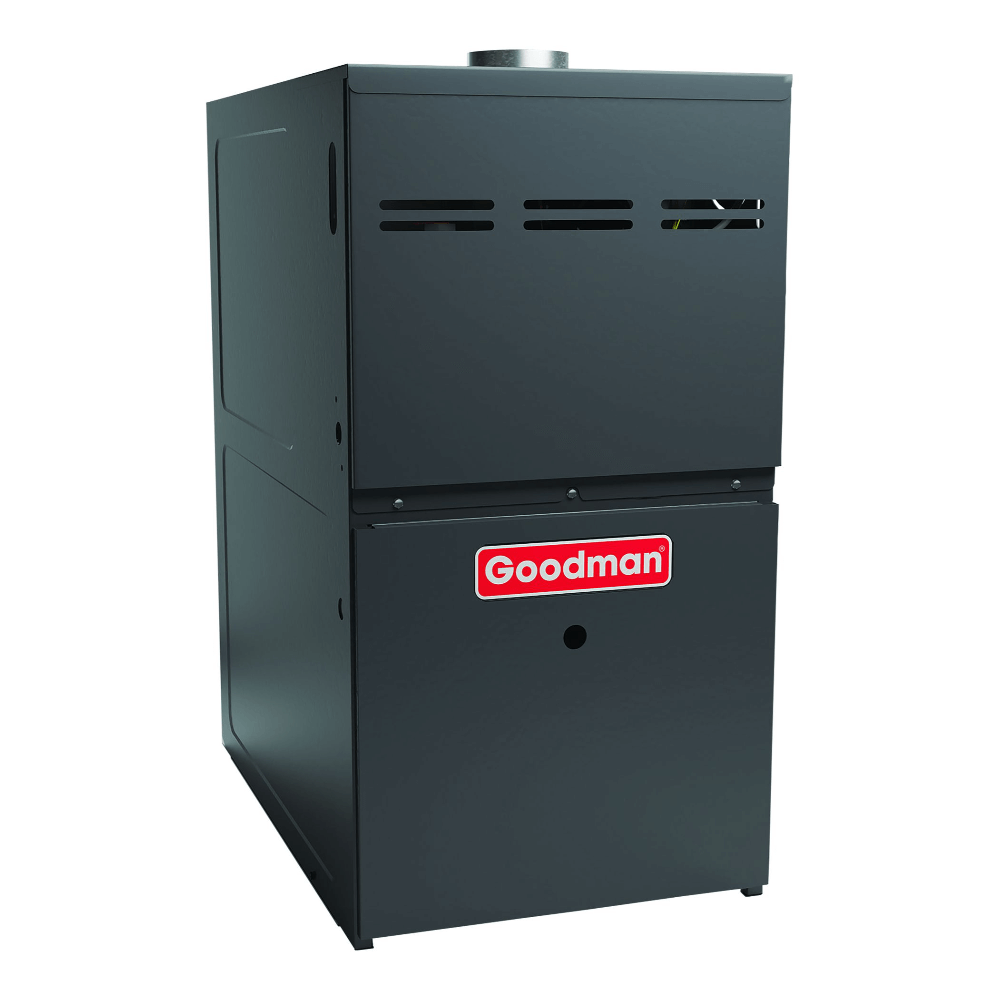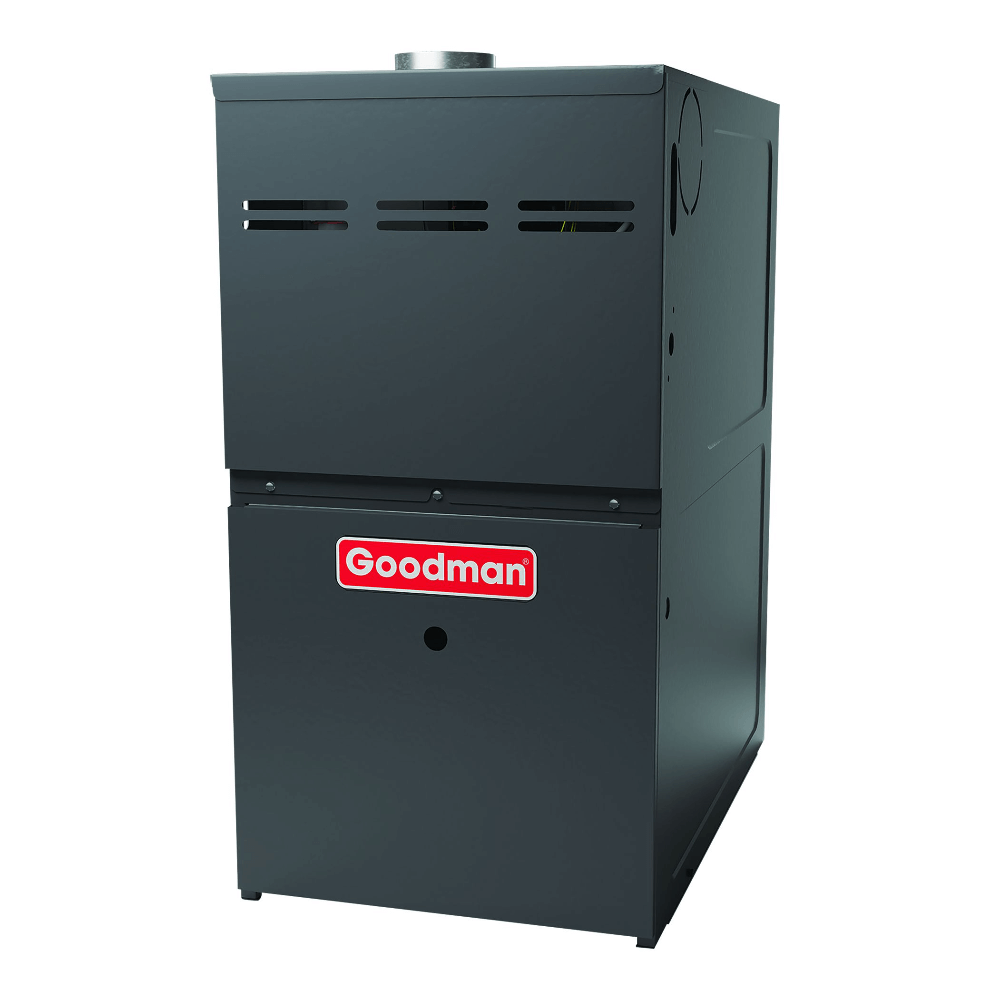What is a heat pump air handler, and is one necessary for your HVAC system? There are numerous options on today’s market for heating and cooling your home. Each system operates uniquely and requires special equipment. Furnaces and air conditioners reign supreme in distinct areas of the United States, but heat pumps are gaining popularity as the country moves towards electrification and away from fossil fuels. Though the technology has been around for many years and heat pumps are prevalent in Europe and Asia, heat pump systems are novel to many Americans, leading to imperceptions about how they work and what equipment they consist of.
What is a heat pump?
A heat pump is an energy-efficient heating and cooling system that transfers heat. Heat pumps are typically electric, but some utilize other fuels. Many types of heat pumps are available for installation in homes. Air-source heat pumps that exchange heat between indoor and outdoor air are the most common.
How does a heat pump work? Heat pump systems utilize refrigerants, heat exchangers, and other components to absorb heat from one source and transfer it to another, much like air conditioners. Air-source heat pumps absorb heat from the indoor air and transfer it to the outdoor air and vice versa. Unlike air conditioners, heat pumps can cool and heat homes.

Upgrade Your Heating with Our Heat Pumps: Click to Explore!
Parts of a Heat Pump
An air-source heat pump system includes indoor and outdoor components that transfer heat in two directions, giving the system heating and cooling abilities. The outdoor unit transfers heat energy to the air when the heat pump is cooling the home and absorbs heat from the outdoor air when the system is heating the house. The indoor unit absorbs heat from the indoor air when the heat pump is cooling the home and transfers heat energy to the air when the system is heating the house. In addition to the two central units, a heat pump system relies on a refrigerant, a compressor, a reversing valve, and an expansion valve to transfer heat.
Outdoor unit: The outdoor unit or condenser connects to the indoor unit with refrigerant lines and houses a coil and a fan, as well as the compressor, reversing valve, and expansion valve. The refrigerant in the coil absorbs the outside air’s heat and transfers it inside to warm the home. To air-condition the house, the fan cools the refrigerant in the coil, and the heat dissipates into the outside air.
Indoor unit: The indoor unit or evaporator connects to the outdoor unit with refrigerant lines and includes a coil and a fan. The refrigerant in the coil absorbs the home’s heat to cool the air, and the fan blows the air through the ductwork. To heat the house, the refrigerant in the coil releases heat, and the fan distributes the warm air through the ducts.
Refrigerant: Refrigerant is a chemical compound used in heat pumps, air conditioners, and other refrigeration devices to transfer heat. Refrigerants in a cold, liquid state absorb heat from the surrounding air and are pumped to a separate location to discharge the heat. Copper, refrigerant-filled lines connect the heat pump’s indoor and outdoor units.
Compressor: The compressor in the outdoor unit is the heart of the heat pump system. It pressurizes and pumps refrigerant through the system, allowing it to flow in a circuit between the indoor and outdoor units. The compressor also heats the refrigerant so the warmth can be released in the outdoor coil.
Reversing Valve: The reversing valve reverses the refrigerant’s flow when the heat pump switches between cooling and heating modes. The valve also reverses the flow to switch between heating mode and the defrost cycle, and a thermostat or defrost control regulates it.
Expansion Valve: The expansion valve reduces the refrigerant’s pressure and temperature to return it to a cold state capable of absorbing heat.
What is an air handler?
What is an air handler? Air handlers are paired with heat pump or air conditioner equipment to manage the airflow. A metal cabinet houses the equipment, including a blower, an air filter, and a coil. Optional equipment includes dehumidifiers, UV lights, and electric heat strips.
Cooling Mode:
The blower pulls hot air through the return ducts to the air handler. The air passes through a filter and flows over the coil, through which cold refrigerant flows. The refrigerant absorbs the air’s heat, and the moisture condenses on the coil, cooling and dehumidifying the air. The blower pushes the cool air into the supply ducts, through the vents, and into the home—the warm refrigerant cycles to the outdoor heat pump unit through the refrigerant lines.
Heating Mode:
The blower pulls cold air through the return ducts to the air handler. The air passes through a filter and flows over the coil through which hot refrigerant flows—the refrigerant’s heat transfers to the atmosphere. The blower pushes the warm air into the supply ducts, through the vents, and into the home—the warm refrigerant cycles to the outdoor heat pump unit through refrigerant lines.
What is a furnace?
What is a furnace? A furnace is a heating device that generates heat from an energy source, transfers the warmth to the air, and distributes the air through ductwork. Several types of furnaces are powered by gas, propane, electricity, and oil.
Air Handler vs. Furnace
An essential distinction between a heat pump vs. furnace is that heat pumps transfer heat, and furnaces generate heat. Both systems can heat houses, but only heat pumps cool homes.
Another critical difference is heat pumps are installed with air handlers, and furnaces incorporate their air handling equipment, negating the need for additional devices. Air handlers and furnaces connect to the return and supply ductwork, filter the incoming air, and use blowers to push the heated and cooled air through the supply ducts and vents. Although air handlers have components in common with furnaces, they are only effective if combined with heating and cooling equipment.
Furnaces Make Heat. Air Handlers Do Not.
Furnaces are heaters that blow warm air through ductwork, a system known as forced air heating. Furnaces burn fuel or apply electricity to coils to create heat. Fuel furnaces transfer heat to the air from the return ducts with a heat exchanger, while electric furnaces directly heat the air.
Air handlers are coupled with heating and cooling systems, such as heat pumps and air conditioners, to distribute the air the HVAC systems treat. Air handlers are not stand-alone heating systems, though some contain auxiliary heat systems for supplemental heat.
Air Handlers Have An Air Conditioner or Heat Pump Coil
Air handlers house some of the heat pump system’s components that are imperative to the heat transference process, and the rest of the system is installed outside the house. The refrigerant flows between the indoor and outdoor units, absorbing heat at one unit’s coil and releasing it at the other. The heat pump’s heating or cooling mode determines at which coil heat is absorbed and released. The coil in the air handler is called an air conditioner or heat pump coil. This indoor coil absorbs the home’s heat to cool it and transfers the heat the outside unit absorbs to warm it.

Upgrade Your Heating with Our Heat Pumps: Click to Explore!
Conclusion
Air-source electric heat pumps are heating and cooling systems that include indoor and outdoor components and operate by heat transference. They absorb indoor heat in cooling mode and outdoor heat in heating mode using refrigerants, indoor and outdoor coils, reversing and expansion valves, and compressors. Heat pumps also require air handling equipment to distribute the treated air to houses.
Air handlers are combined with heat pumps and stand-alone air conditioners. Air handlers filter the incoming air, blow conditioned air through ductwork, and house the indoor heat pump, or air conditioner coils that cool or heat the air. While air handlers contain the components that heat and cool the air, they do not independently heat and cool. Air handlers’ primary function is air distribution. On the other hand, furnaces generate heat, distribute air with built-in air handling equipment, and often house the air conditioner coils.
Frequently Asked Questions
Does a heat pump need an air handler?
Air handlers are necessary for ducted heat pump systems. Air handlers contain filters and blowers for cleaning and distributing air, and they house the heat pump’s indoor coil that cools and heats the air. Some air handlers also contain auxiliary heat systems for supplemental warmth.
How much does it cost to install a heat pump and air handler?
Air handler and heat pump installation average $4,000 to $9,000. Supplemental electric heat strips in the air handler cost an additional $500 to $1,000.
Which is better air handler or furnace?
Heat pump and air handler combos are efficient systems with low operating costs in moderate climates, but they might not be effective heaters for cold regions. Unlike heat pumps, furnace efficiency remains steady on the coldest days. Gas furnaces generally have lower operating costs than heat pumps in cold climates.
Dual-fuel heat pumps that combine heat pumps and furnaces offer the best of both worlds. The heat pump efficiently cools and heats most of the time, and the furnace takes over heating when the temperature plummets and the heat pump loses efficiency.

